What is the maximum compaction of soil? - HENGDA RIC
updatetime:2023-02-15 08:40:04 pageviews:356views
The results of a set of standard Proctor compaction tests on a particular soil give a maximum dry density of 19.6 kN/m3 and an optimum moisture content of 12.5%.
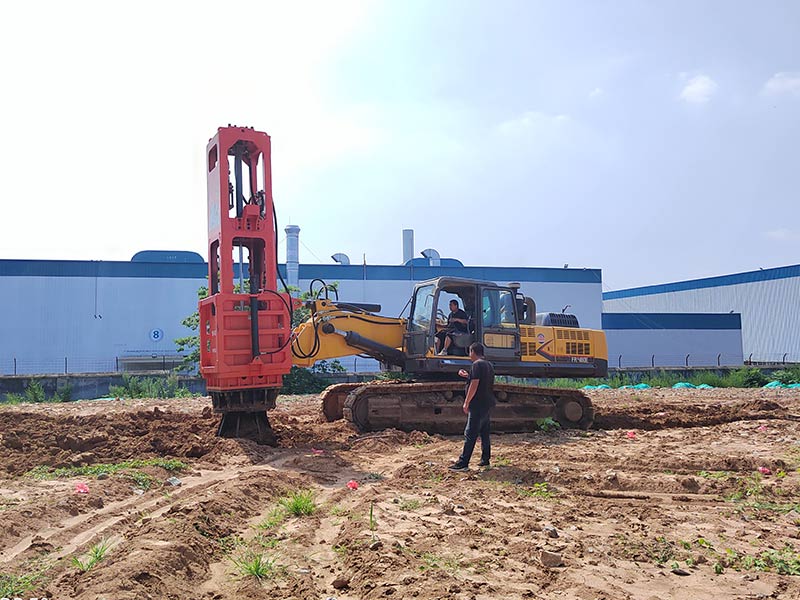
The RIC system uses "controlled impact compaction" of the ground using a 9-ton hammer dropped from height between 0.3 m to 1.2 m onto a 1.5 m diameter steel patent foot delivering about 26,487 to 105,948 Joules of energy per drop. RIC can be used to densify loose soils down to a depth of about 4 m to 6m. RIC consists of an excavatormounted hydraulic pile-driving hammer striking a circular plate (patent foot) that rests on the ground. The tamper typically strikes the plate at a rate of 40 to 60 blows per minute.
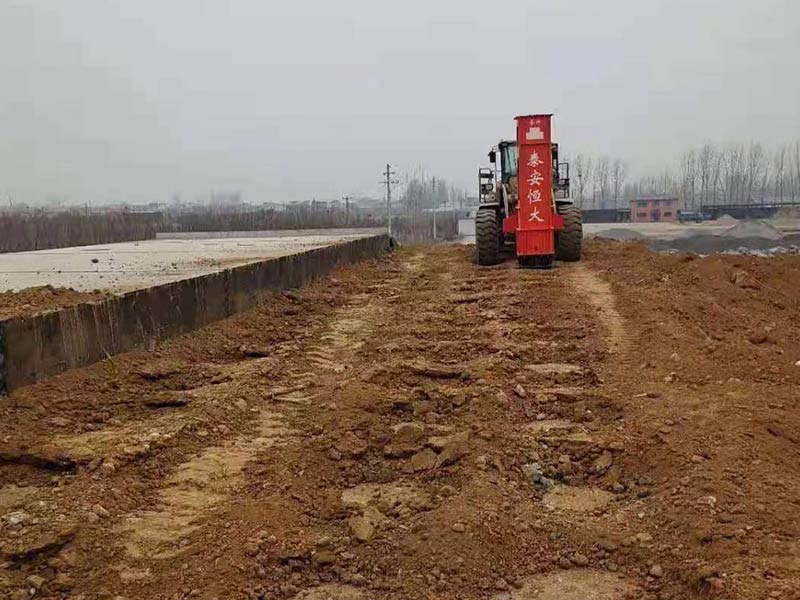
This compaction energy brings the soil particles into a more densely packed structure. The compaction energy is transmitted safely and efficiently as the compaction foot remains in contact with the ground. No flying debris occurs during the compaction process. The hammering of the foot by the impact weight is the reason of the sub-soil compaction. Indeed, the huge amount of energy developed upon the hammering process and transmitted to the ground through the foot, pushes the backfilling material into a denser structure.
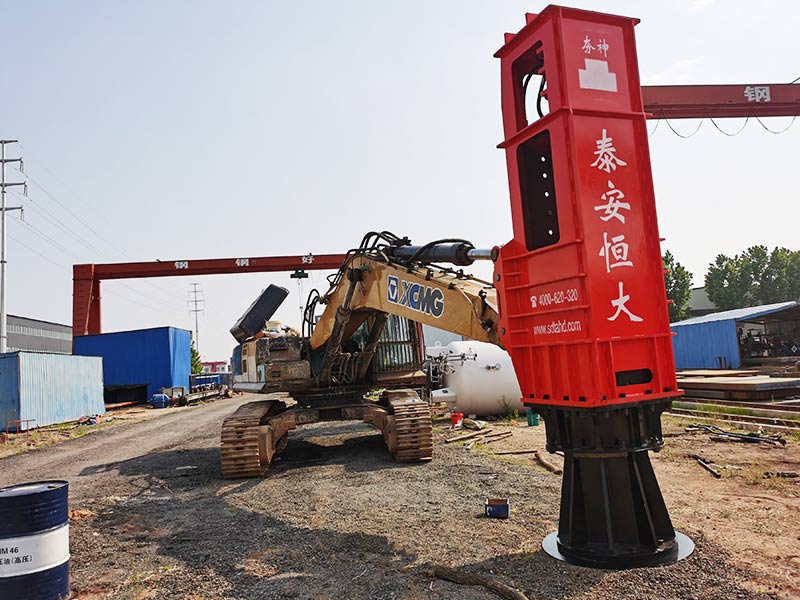
The compaction process can be optimized using an advanced GPS logging system. Using an advanced data logger located inside the cabin, the operator of the RIC rig can easily adjust the compaction energy in terms of the dropping height and the number of blows. He can also record the cumulative settlement, the settlement per blow and the applied energy.
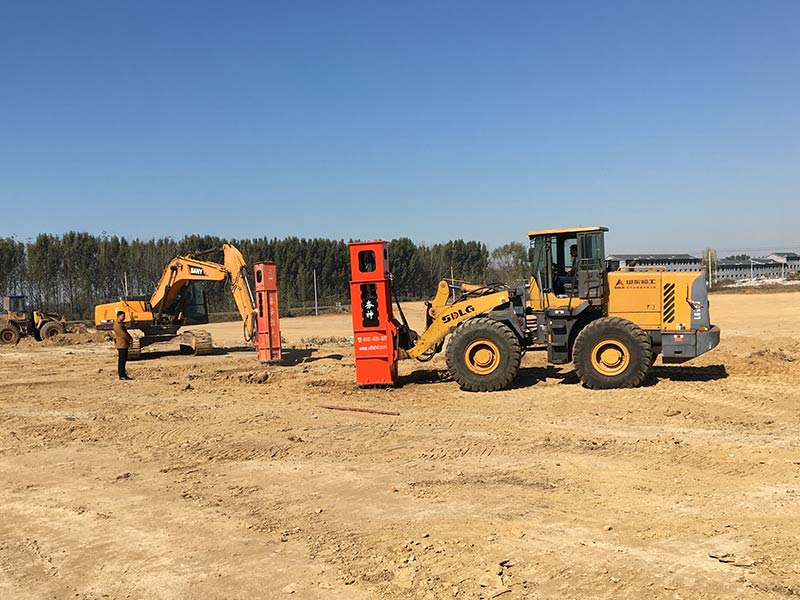
The rapid impact compactor as a means of quickly repairing damage runways. It works by imparting dynamic energy through a falling 'drop-weight, which is dropped from a controlled height onto a patented foot.
With heights of 9 to 12 tones applied to the foot , the 'drop-weights' falls from relatively short height of only 1.2 meters at a rate of 40 to 60 times a minute.
Effective compaction depths vary with the nature of hte soil compacted, but depth of up to 8m have been reached with a 9t rig.
This results in The Rapid Impact Compactor transferring energy to the ground in a significantly more effective manner as the 'foot' stays in contact with the surface, never actually leaving the ground. It is because of this impacting sequence that we can ensure that the transfer of energy into the ground is carried out in the most efficient way possible.
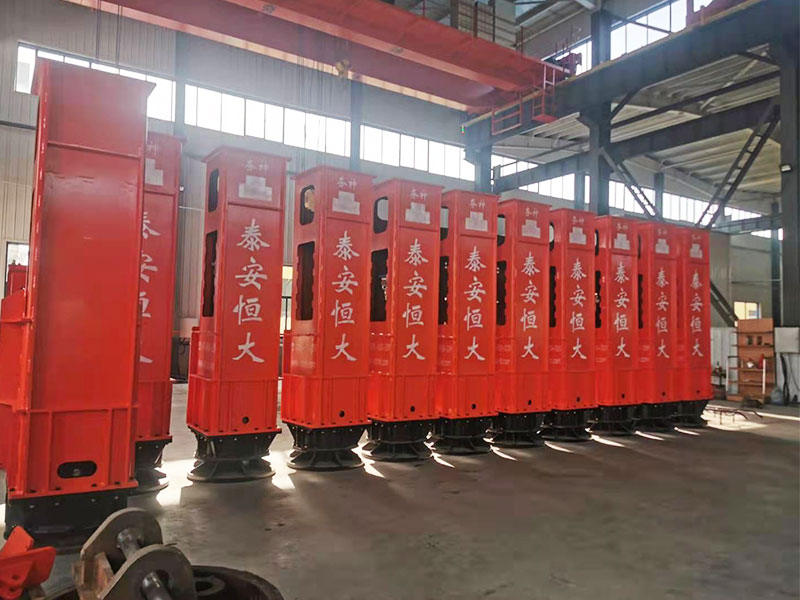
The selection of the compaction method (DC or RIC) and plant type for a particular project, will depend on ground and groundwater conditions, and requirements for design and execution. Each system has merits and limitations. It is important that these are understood and considered in the design and application of DC/RIC on a particular site and in the context of the prevailing ground conditions. Indeed, it may be necessary for more than one technique to be employed at a particular site to gain maximum benefit.

